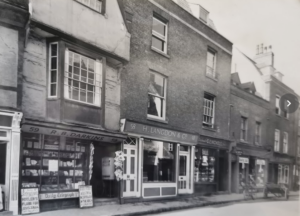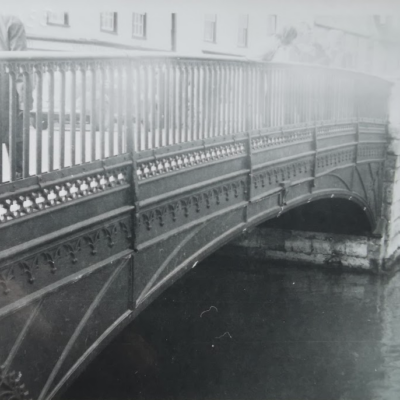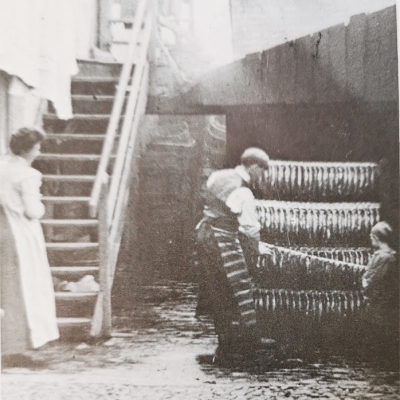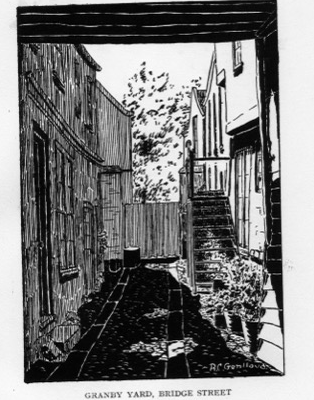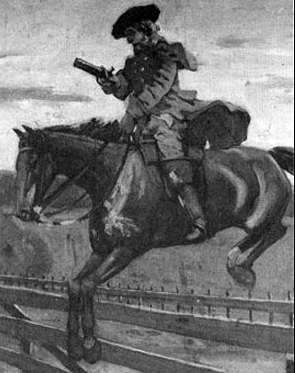Search by topic
- archaeology
- architecture
- bricklayer
- Building of Local Interest
- carpenter
- church
- crime
- dressmaker
- fire
- Great Eastern Railway
- listed building
- medieval
- oral history
- Public House
- Rattee & Kett
- Religious House
- Roman
- scholar
- school
- Then and Now
- tudor
- women
- work
- world war one
- world war two
Search by text
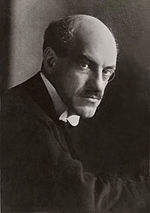 Edwin Samuel Montagu
Edwin Samuel Montagu59 Bridge Street
History of 59 Bridge Street
1826
Joel Smart was the son of a Gloucestershire cloth manufacturer. Coming to Cambridge shortly after the battle of Waterloo he commenced business at 59 Bridge Street in 1826, removing in 1840 to Petty Cury and in 1853 to 11 Market Street. Here he purchased the clothing business of Watson Taylor who had been trading from early in the century. He took his son, Charles, into partnership, in whose family the business still remains. Such is the history of one of the oldest firms in Cambridge where customers will find all the latest materials and the most fashionable styles at keen prices. (Cam News 27/11/1933)
1861
Edward Prigg, 58, carrier, b Suffolk
1911
Bedford Alfred Starling, 59, stationer, b Cambridge
Kate, 59, b London
Martha C Hurrell, 21, servant, b Suffolk
1913
Bedford Alfred Starling, stationer
Hon. Edwin Samuel Montagu MA MP, Under Secretary of State for India
Edwin S Montagu (1879-1924) was a Liberal politician who served as Secretary of State for India between 1917 and 1922. He was the third practising Jew to serve in the British cabinet. He was MP for Chesterton from 1906-1918 and then represented Cambridgeshire until 1922.
Edwin Samuel Montagu MP – For Chesterton then what is now South Cambridgeshire
1937
Reginald Barker Darkins, stationer
Contribute
Do you have any information about the people or places in this article? If so, then please let us know using the Contact page or by emailing capturingcambridge@
License
This work is licensed under CC BY-NC-SA 4.0








